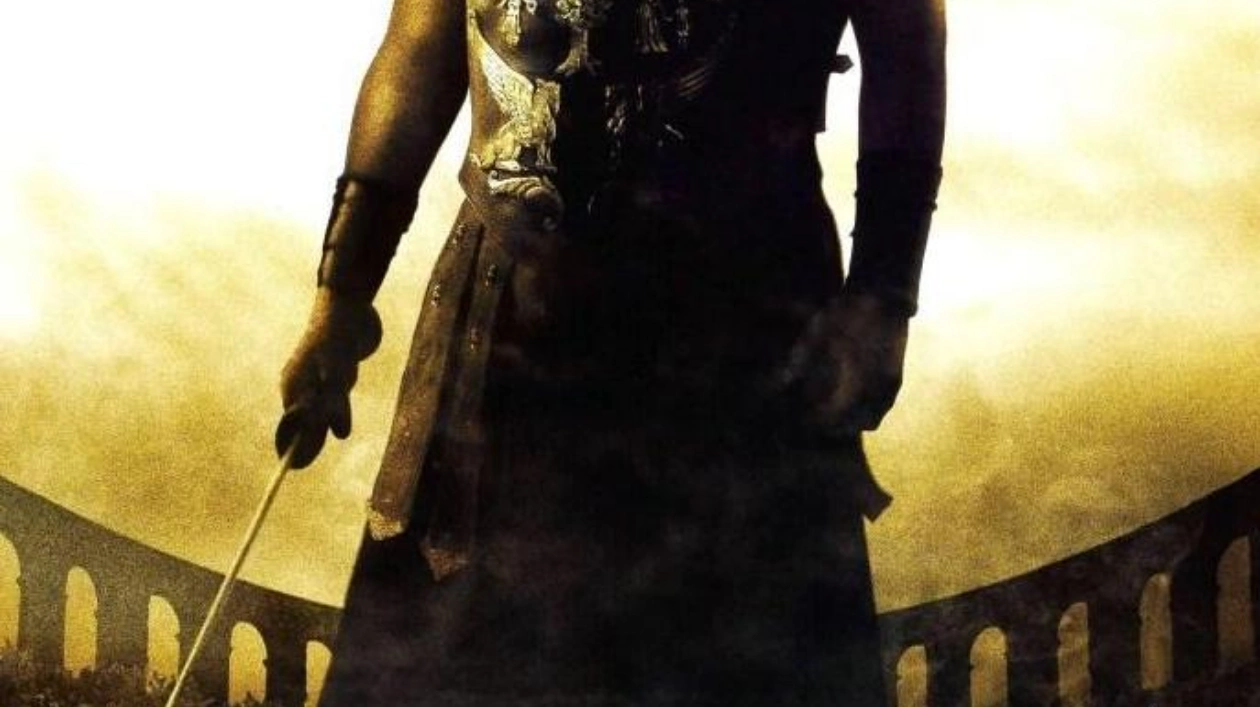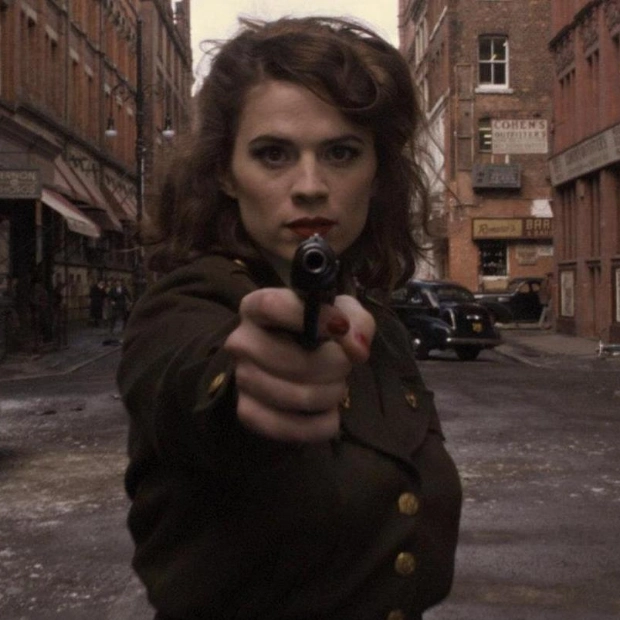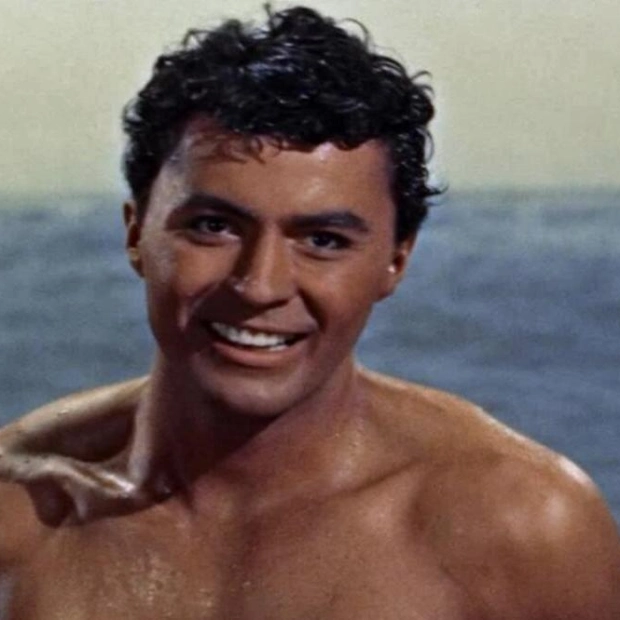Are you not entertained? The story behind the making of “Gladiator” is as epic as the film itself. Twenty-four years after its release, director Ridley Scott has delivered a highly anticipated sequel featuring Paul Mescal, Pedro Pascal, Joseph Quinn, along with Connie Nielsen and Derek Jacobi reprising their roles from the original.
The 2000 film revitalized the swords-and-sandals genre, inspiring other historical action dramas like “Troy.” It became the second highest-grossing film of the year, earning $465.4 million, and received 12 Academy Award nominations, winning five, including Best Actor for Russell Crowe and Best Picture.
The historical success of “Gladiator” is even more remarkable considering its tumultuous production. Before diving into “Gladiator II,” let’s revisit how the original defied the odds to become a cinematic triumph.
“At the core of what we were doing was a great concept, but the script, it was rubbish. Absolute rubbish,” Russell Crowe told Vanity Fair in 2023. “I did think, a couple times, maybe my best option is just to get on a plane and get out of here.”
Even more troubling was the fact that the script was less than a quarter finished. “When we actually started that film, we had 21 pages of the script that we agreed on,” Crowe said. “A script is usually between 103 or 104, 110 pages, so we had a long way to go.”
Scott ended up giving crew members extra days off because they didn’t know what they would be filming the next day. “It’s the dumbest possible way to make a film,” Crowe told the BBC in 2016.
Connie Nielsen, who played Lucilla, had her own concerns about the script after being cast. “Ridley called me and asked me what I had thought about the latest draft,” she laughs, “and I said, ‘Well, this is where I’m seeing an issue because blah, blah, blah.’ I was like, ‘That kind of word just didn’t even exist at the time, it’s weird that I would be using it. It’s culturally and historically wrong. It just won’t work,’” she recalled telling the director. “And he said, ‘OK, stop. Write everything down and send it to me.’ So, I wrote 20 pages because I was a young and very hungry artist, and I wanted to put my mark on this incredible story.”
Script problems persisted on set, with pages being written on the fly. “Russell was getting his lines at such a late date that he had built up a real irritation factor,” Scott once recalled.
One of the movie’s most famous lines was nearly torpedoed by Crowe. When Crowe’s character, Maximus, reveals his identity to Emperor Commodus (Joaquin Phoenix), he delivers an iconic speech. But as LaPorte notes, “Never were Crowe’s spirits more in flux” than when it came time to film this scene.
Scott, however, didn’t bluster and blow back, but “waited until the tantrum subsided” and “agreed to shoot the scene the way Crowe preferred.” They then shot the scene as scripted – leaving everyone on set in awe. But Crowe still wasn’t happy. “It was sh-t,” he told Scott, before adding, “but I’m the greatest actor in the world and I can make even sh-t sound good.”
The entire ending had to be reworked after actor Oliver Reed, who played Proximo, died in the middle of production. Reed had not finished filming all of his scenes, but Scott didn’t want to re-cast the role. Instead, he used CGI to create a digital mask of Reed’s face for a few crucial moments.
One other big change was made to the film’s ending: Crowe’s character died in the end. Shockingly, Crowe’s titular ‘Gladiator’ was supposed to live – surviving his final battle with Commodus. But as filming went on, it dawned on Scott that the gladiator had to die.
The opening sequence in “Gladiator” centered on a dramatic fight between Maximus’ Roman legions and the barbarous Gauls. Fire played a major role in making an impact on the audience. The woods were actually set on fire, filmed in the Bourne Woods in Surrey, England.
In one of the film’s more dramatic scenes, tigers are unleashed to vanquish the enslaved gladiators. Five tigers were brought in for one dramatic scene where Maximus fights Tigris the Gaul. Despite all the precautions, one tiger got a little too close to Crowe.
To say Crowe threw himself into the role of Maximus is a dramatic understatement. The actor racked up a series of serious injuries during filming. He often didn’t need makeup artists to come in and bloody him up – he had plenty of his own blood showing to achieve the desired cinematic effect.
“Gladiator II” is in theaters now.
Source link: https://nypost.com






